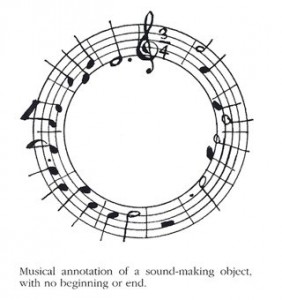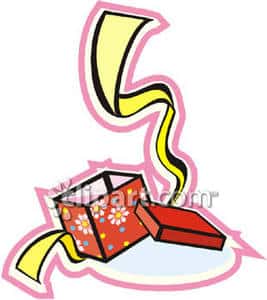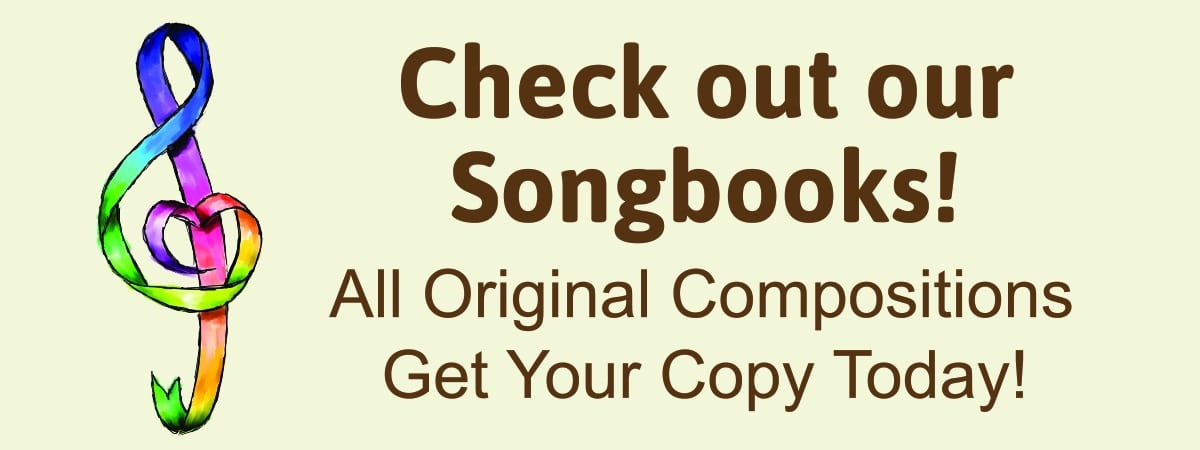Reaching Out a Hand to the Music Teacher
I just returned from another long week of travel up to the annual conference of our state music educators association. For the last few years I have been the music therapy liaison to this music teacher’s group and attending the conference is one of my duties. Each year seems to bring greater acceptance and understanding on both sides of the music street for the things we have in common and the ways we are unique. This year my music therapy colleagues, Evelyn Selesky and Tracy Wanamaker, and I presented three sessions- on Autism, behavior management in the music education classroom and music therapy as a career.

As I walk around this packed and very hectic conference, I have had to perfect my ‘music therapy elevator pitch’. And it has to be tailored to the audience- our fellow music educators. The first thing that generally comes up is the pressure these teachers feel to be successful in reaching every student since ‘all kids like music’. Many are given minimal support and scarce information. This is the perfect time to ‘walk across the street’ and reach out a hand to the music educator to share our knowledge as music therapists about children, development and music responses. I find that spreading our resources is more effective in the long run than protecting them. But I make it clear that the strategies that I give them are designed to help them be a better music teacher and to help assure that all children have access to a quality music education.
The road gets a little muddy, though, when I meet with the early childhood music educators. Good quality early childhood music education often promotes development. The teachers see this and assume that the two sides – music skill development and overall development in music- are one and the same thing. This is true as long as the child responds to the curriculum in the way that the curriculum intended. The problem arises when the child does not respond according to plan. This is another place for the music therapist to step in. Rather than meeting in the middle of the road though, I encourage the early childhood music educator to find their way back to their side of the street and continue to do their job of helping children gain early music skills. As music therapists, we can then provide an alternate way to help young children develop through music.
Here is one way I explain it using some visual imagination. Music can be like a beautifully wrapped present. The music educator’s job is to show children how to carefully wrap the package – paper, tape, string, bow – putting together the pitch, rhythm, form and melody. When it is finished, the package of music is ready to display and everybody recognizes it as a present.
The music therapist takes the same elements of the package and takes them apart. Maybe the rhythm will be tucked in the child’s shoes. The form can be a crown or a helmet. The melody is stuffed in pockets and taken out as needed. And the pitch is worn like fingers on a glove. At the end there is no pretty present to show. The elements are just absorbed into the child’s whole being.
Enjoy this visual image as you make your way toward the holiday season. And maybe think of giving a gift to a music educator by inviting them to dance with you in the middle of the street.
Beth
![MC900439783[1]](https://raisingharmony.com/wp-content/uploads/2012/12/MC90043978311.png)

